The Growth of Portable Ultrasound in Primary Care

In the last decade there has been a widespread adoption of portable ultrasound in point of care (POCUS) for primary care.

In the last decade there has been a widespread adoption of portable ultrasound in point of care (POCUS) for primary care.
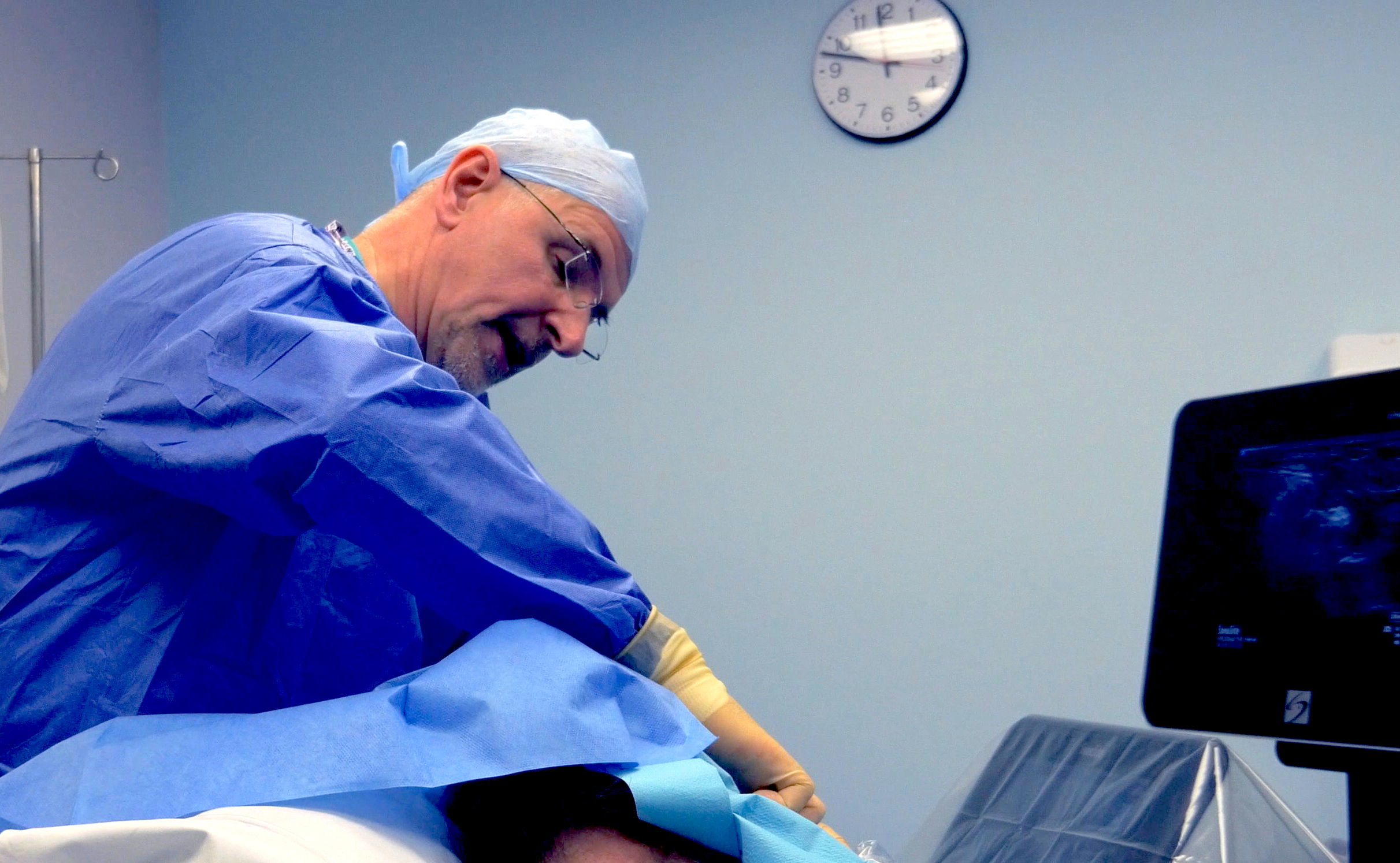
Ultrasound-guidance has proven invaluable for the regional neurosurgical centre at the Salford Royal Hospital outside Manchester, England.
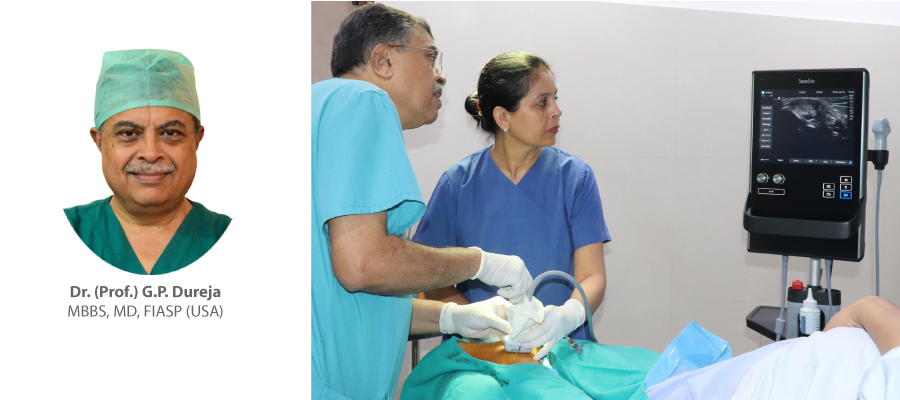
A decade ago, interventional procedures were performed under fluoroscopy or CT guidance, and few interventions were done blindly through landmark technique by pain management practitioners. Today, invasive procedures & joints injections are no longer performed blind and potential complications like pneumothorax, intravascular injections can be avoided with the help of real-time ultrasonography.
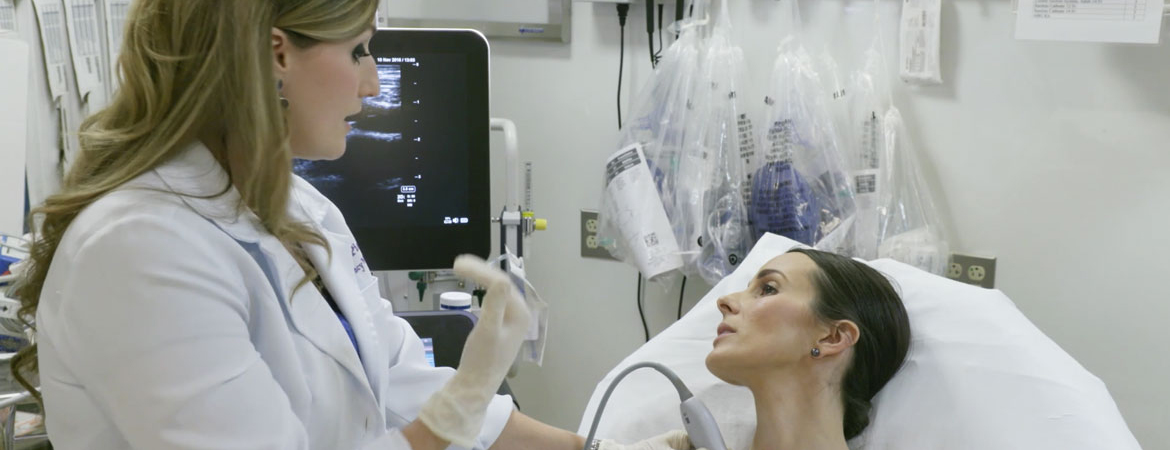
Globally, breast cancer kills more than half a million women per year. Timely detection can make a drastic difference in survival rates, and ultrasound imaging is gaining popularity in early detection of breast cancer.

Every year the world's oceans lose roughly 100 million sharks due to human hunting. The big problem? Scientists don't know how to manage the population back.
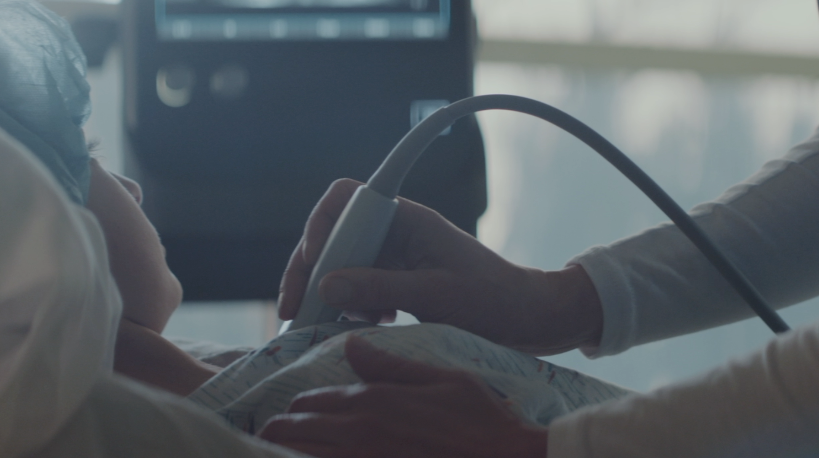
Point-of-care ultrasound is efficient. It is non-invasive. It is safe. And fortunately for everyone, it is becoming more and more ubiquitous.

Point-of-care ultrasound is efficient. It is non-invasive. It is safe. And fortunately for everyone, it is becoming more and more ubiquitous.

Dr. Adam Garnett, a sports and exercise medicine (SEM) consultant at the Jersey Sports Medicine Clinic, divides his time between treating rugby players suffering from acute trauma injuries and triathletes and runners with overuse injuries.
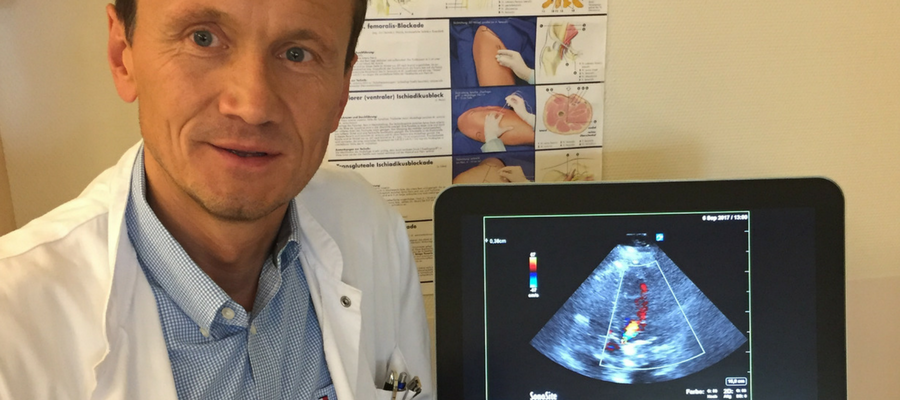
Point-of-care ultrasound is an essential tool for Dr. Mark Ridgewell, an early pioneer of sport and exercise medicine (SEM). Through the course of his career, Mark has worked with many amateur and professional sportsmen and women, beginning with rugby and including three years with England Cricket and eight years with the Wales football team.